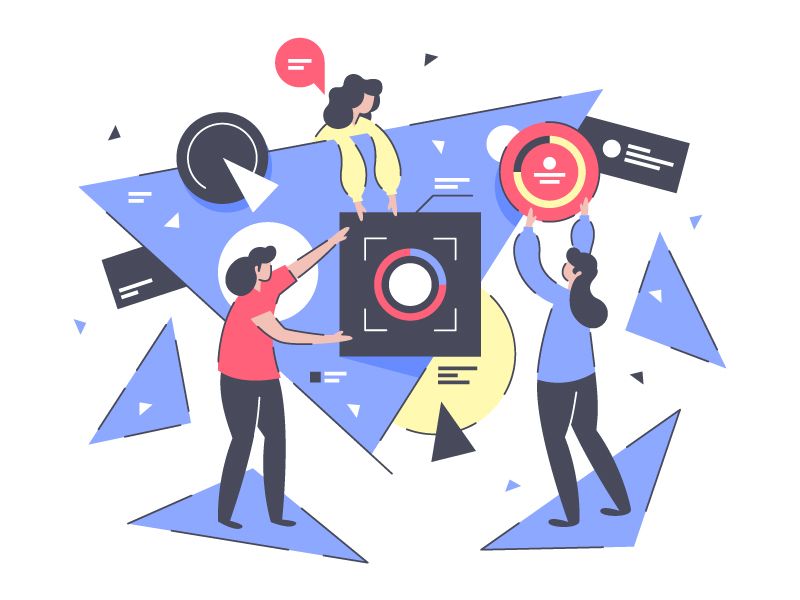
Nov 2, 2020
. Consumer Experience .
3 min read
The Many Steps Involved In Conducting A Heuristic Evaluation
All well designed digital products have superior usability. Premium usability is a key contributor to product quality, as well as a seamless
All well designed digital products have superior usability. Premium usability is a key contributor to product quality, as well as a seamless user experience. There are multiple ways with the help of which the usability of a product can be tested, and an inspection process known as the heuristic evaluation is one of the most popular ones.
A specific group of heuristics comprises important rules of thumb, standards, conventions, rules and best practices that have been observed or tested over long periods of time. These user interface design guidelines were established in the 1990s by Rolf Molich, a prominent usability expert and Jakob Nielsen, a well-known web usability consultant and partner in the Nielsen Norman Group. Jakob Nielsen underlines that Heuristic evaluation basically involves having a small set of evaluators to examine the interface and evaluate its compliance with the heuristics or the recognized usability principles.
Here are the major steps involved in conducting a heuristic evaluation:
- Establishing an appropriate list of heuristics: The very first step of the UI UX professionals should be to use the 10 heuristics of Nielsen and Molich, as well as the 8 golden rules of Ben Shneiderman as a stepping stone and inspiration. It is important to combine these guidelines with other important design principles and thorough market research.
- Select proper evaluators: The evaluators must not be the end-users. They typically must be usability experts who have sufficient domain expertise in the industry to which the product-in-hand belongs to. For example, the professionals evaluating a Point-of-Sale system for a retail business must actually have a general understanding and knowledge about retail operations.
- Brief the evaluators: The evaluators must be given a proper brief so that they know exactly what they are meant to do, as well as cover at the time of the evaluation. The briefing session among them should be standardized in order to make sure that t the same instructions are received by the evaluators; otherwise one may end up with a biased evaluation process. Within this brief, the evaluators can be asked to focus on a particular set of tasks, on the basis of their experience and expertise.
- First evaluation phase: The first phase of evaluation typically takes approximately two hours, depending on the overall complexity and nature of the relevant product. The evaluators will typically have to freely use the product in order to gain a feel for the methods of interaction involved, and subsequently identify the distinguished elements that they want to evaluate.
- Second evaluation phase: In the second phase of evaluation, the evaluators would be required to carry out another run-through, while also applying the selected heuristic techniques to the elements identified in the prior phase. The evaluators would ultimately focus on individual elements, and look at how they fit in the overall designing of the product.
- Record problem: The UI UX professionals should make sure that the evaluators either record their problems themselves or have them recorded by someone else as they carry out the various tasks to track any kind of problems that they encounter. It is important for the evaluators to be as specific, clear and thorough as possible when recording their problems.
- Debriefing session: This session would allow the collation of the findings of diverse evaluators, so as to establish a complete list of problems. They should typically be encouraged to suggest potential solutions for such problems on the basis of the relevant heuristics.
A proper heuristic evaluation can help professionals to ensure that their User Experience designs work in the desired fashion. It can go a long way in improving the usability of a digital product, including the elements of user satisfaction, discoverability, learnability, memorability, flexibility, as well as the handling of errors.
Categories
UX Design Process
UX Tools
Consumer Experience
UI UXs